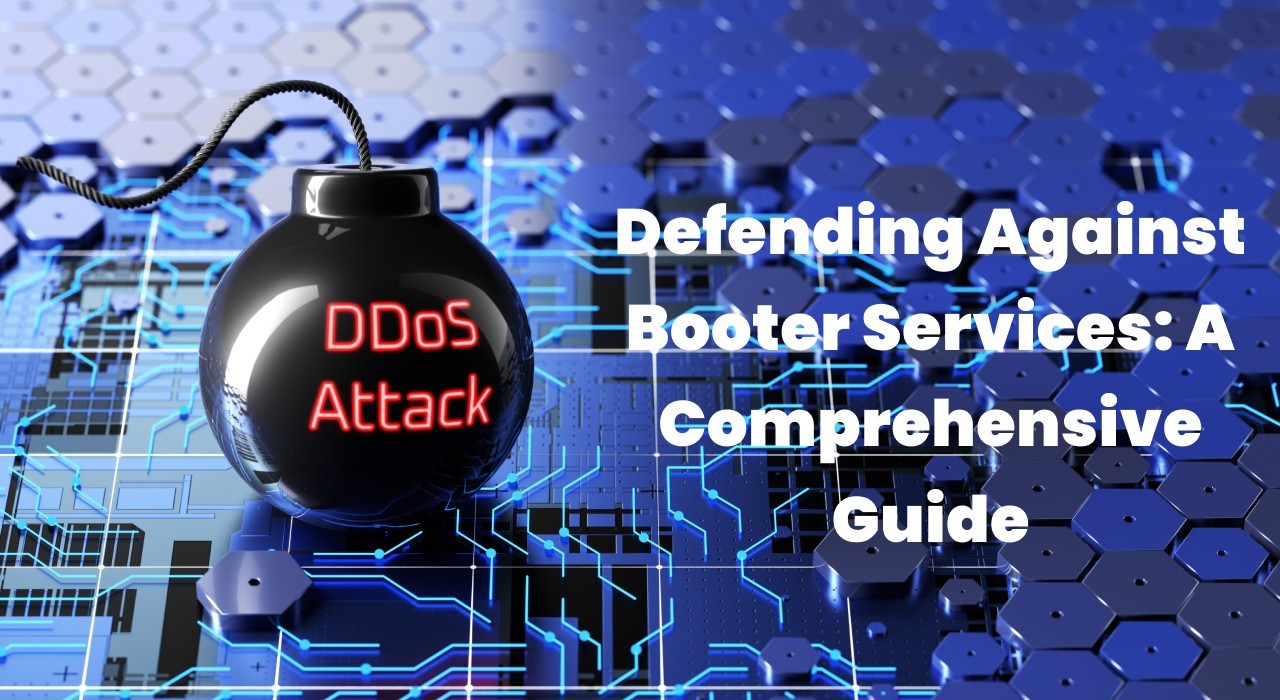In the realm of cybersecurity, the term “booter” is often associated with malicious activities that disrupt online services and networks. These tools have become a significant threat in the digital landscape, impacting businesses, individuals, and even critical infrastructure. In this article, we will explore what a booter is, how it is used in cyberattacks, and the broader implications for network security and stability.
Understanding the Concept of a Booter
Cybercriminals now use booters, originally developed for legitimate network stress testing, to launch Denial of Service (DoS) or Distributed Denial of Service (DDoS) attacks by overwhelming targets with excessive traffic, disrupting services and networks.The term “booter” has become synonymous with these malicious tools due to their ability to “boot” or knock a target offline.
Booters are often available on underground forums and dark web marketplaces, where they can be rented or purchased. These tools leverage networks of compromised devices (botnets) to generate massive amounts of traffic, making it difficult for targeted systems to function normally. The misuse of booters has escalated concerns over online security and network resilience.
The Mechanism Behind Booters
Booters operate by flooding a target with a high volume of requests, causing its resources to become overwhelmed. This traffic can come from a variety of sources, including botnets of infected devices, making the attack distributed and harder to mitigate. The basic principle behind a booter attack is to exhaust the bandwidth and processing capabilities of the target, effectively causing it to crash or become unresponsive.
The operation of a booter typically involves a user interface that allows individuals to specify the target’s IP address and the intensity of the attack. Some booters even offer customization options to adjust the attack parameters, such as attack duration and traffic volume. Once the attack is initiated, the booter leverages its network of bots to flood the target, leading to service disruptions and outages.
The Evolution of Booters from Legitimate Tools to Malicious Instruments
Booters originally emerged as legitimate tools for network administrators and IT professionals to test the robustness of their systems under high traffic conditions. These stress tests are used to ensure that servers and networks can handle large volumes of traffic and remain functional during peak times. However, the misuse of booters has transformed them into malicious instruments used to compromise online services.
The transition from legitimate use to malicious intent began when cybercriminals realized the potential of booters for launching disruptive attacks. As these tools became more accessible and affordable, their misuse became widespread. The shift in purpose has led to significant challenges in network security and has necessitated the development of advanced defense mechanisms to counteract these threats.
The Impact of Booters on Network Security and Operations
The impact of booter attacks on network security can be profound. Businesses and organizations that fall victim to such attacks often experience significant disruptions, including downtime, reduced service availability, and loss of revenue. Critical infrastructure sectors, such as healthcare, finance, and public services, are also at risk, with potential consequences including halted operations and compromised safety.
For businesses, the financial impact can be substantial. In addition to the immediate costs of mitigating the attack, there are often longer-term expenses related to system repairs, legal fees, and customer compensation. The reputational damage caused by prolonged outages can also affect customer trust and brand loyalty, further amplifying the financial and operational repercussions.
Legal and Ethical Concerns Surrounding Booters
The use of booters raises significant legal and ethical concerns. Operating a booter or participating in attacks facilitated by such tools is illegal in many jurisdictions, and those caught engaging in such activities can face serious legal consequences. Laws and regulations related to cybercrime vary by country, but many regions have stringent penalties for individuals involved in unauthorized access and disruption of computer systems.
From an ethical standpoint, the use of booters for malicious purposes undermines the principles of fair and responsible use of technology. The disruption caused by these attacks affects not only the targeted organizations but also innocent users who rely on the services being disrupted. The ethical implications highlight the need for responsible behavior and adherence to legal standards in the digital realm.
Detecting and Defending Against Booters
Detecting and defending against booter attacks requires a multi-layered approach. Organizations can implement various strategies to identify and mitigate these attacks effectively. One common method is traffic analysis, which involves monitoring network traffic for unusual patterns or spikes that may indicate an ongoing attack.
Deploying network security solutions, such as firewalls, intrusion detection systems (IDS), and intrusion prevention systems (IPS), can help filter out malicious traffic and prevent it from reaching critical systems. Additionally, investing in DDoS protection services that specialize in mitigating high-volume attacks can provide an extra layer of defense. These services often use advanced algorithms and threat intelligence to identify and neutralize attacks in real-time.
The Role of Cybersecurity Awareness in Preventing Booter Attacks
Cybersecurity awareness plays a crucial role in preventing and mitigating the impact of booter attacks. Educating employees and stakeholders about the risks associated with booters and other cyber threats is essential for fostering a security-conscious culture. Training programs should cover topics such as recognizing phishing attempts, safeguarding sensitive information, and following best practices for network security.
Furthermore, businesses should stay informed about the latest cybersecurity trends and threats. Regularly updating security protocols, conducting vulnerability assessments, and engaging with cybersecurity experts can help organizations stay ahead of emerging threats and minimize their risk of falling victim to booter attacks.
The Future of Booters and Cybersecurity
As technology continues to evolve, so too will the tools and tactics used by cybercriminals. The future of booters and similar tools is likely to see increased sophistication, with attackers developing more advanced methods to bypass security measures. To combat these evolving threats, cybersecurity strategies must also advance.
Emerging technologies, such as artificial intelligence and machine learning, hold promise for enhancing threat detection and response capabilities. By leveraging these technologies, organizations can improve their ability to identify and mitigate booter attacks and other cyber threats. Collaboration between industry stakeholders, law enforcement, and cybersecurity professionals will be crucial in addressing the challenges posed by malicious tools and ensuring a secure digital environment.
Conclusion
Booters represent a significant threat in the landscape of cybersecurity, with the potential to cause widespread disruption and damage. Understanding how booters work, their impact on network security, and the measures available to defend against them is essential for maintaining a secure digital presence. As cybercriminals continue to develop more advanced tactics, staying vigilant and proactive in cybersecurity practices is crucial for protecting against booter attacks and other cyber threats.
By investing in robust security solutions, fostering cybersecurity awareness, and staying informed about emerging threats, organizations can better safeguard their networks and mitigate the risks associated with booters. In a world where digital threats are ever-present, a proactive and informed approach to cybersecurity is the best defense against the evolving landscape of cybercrime.





